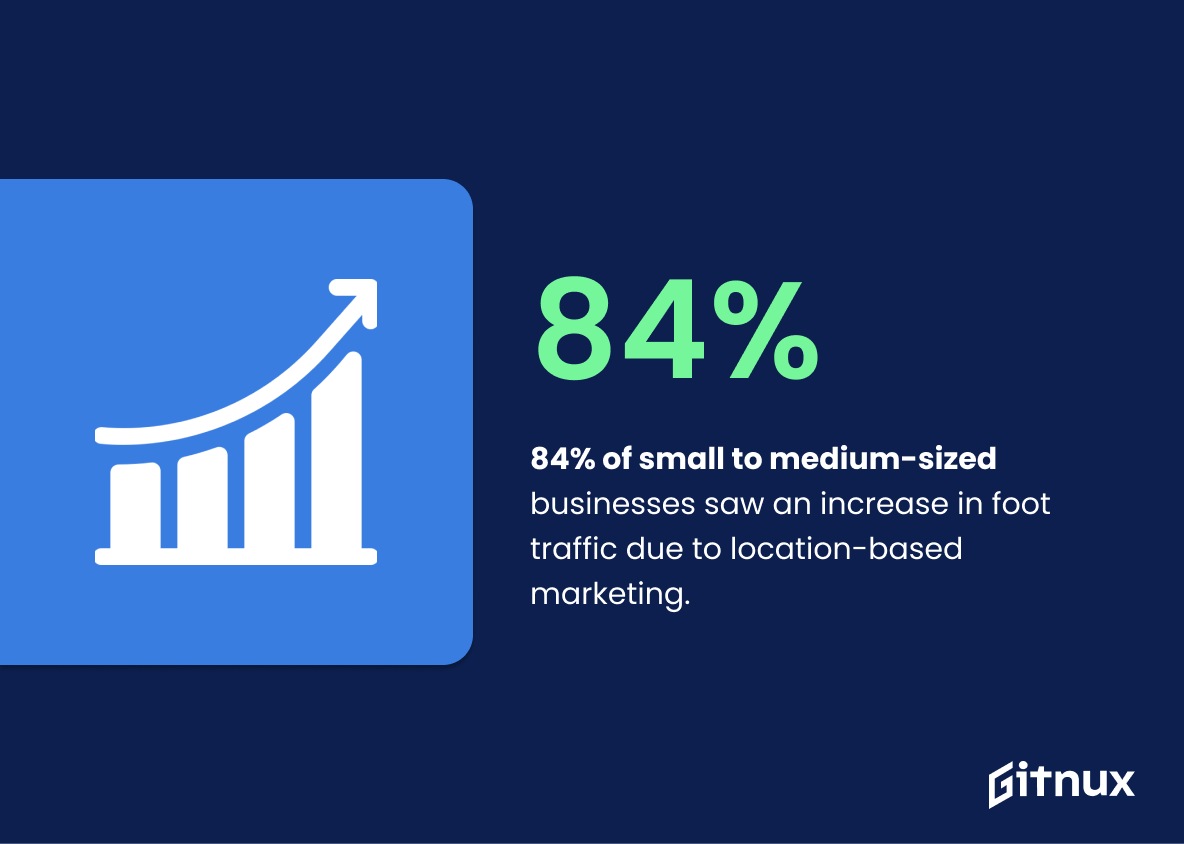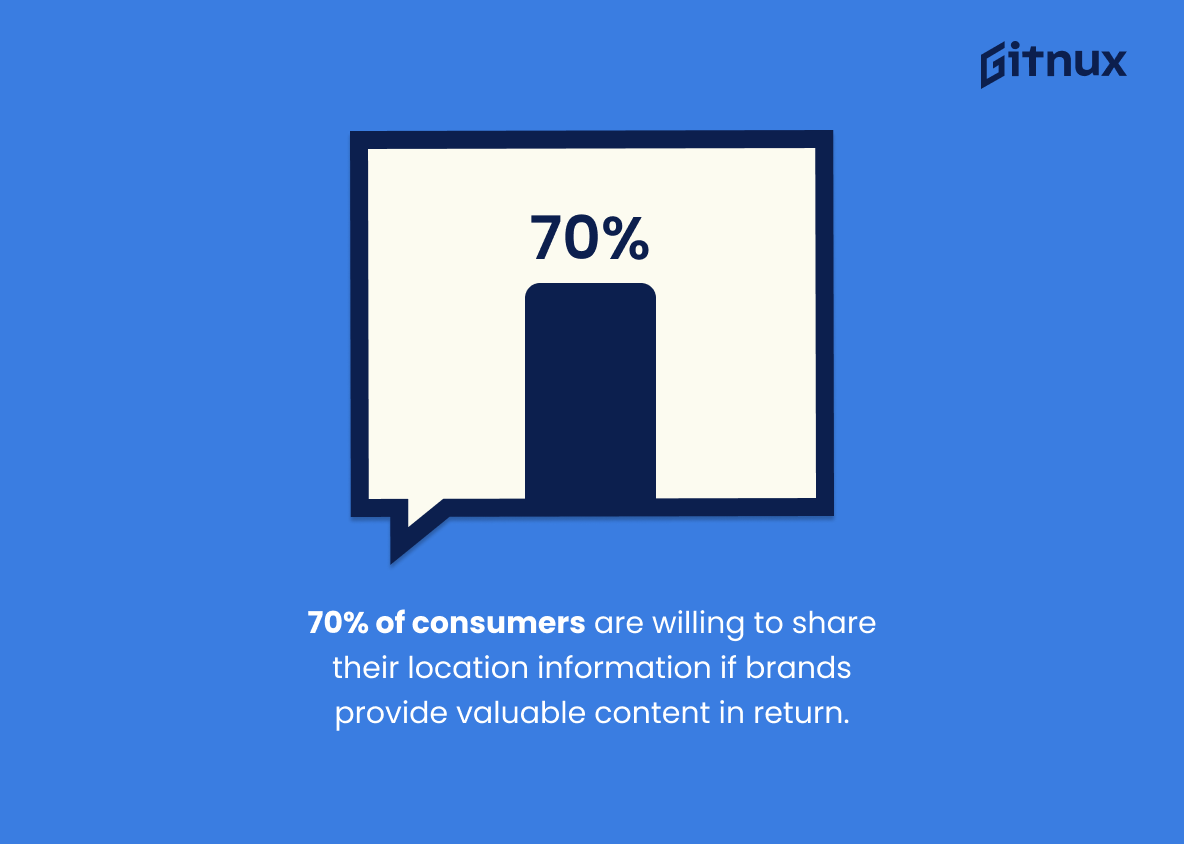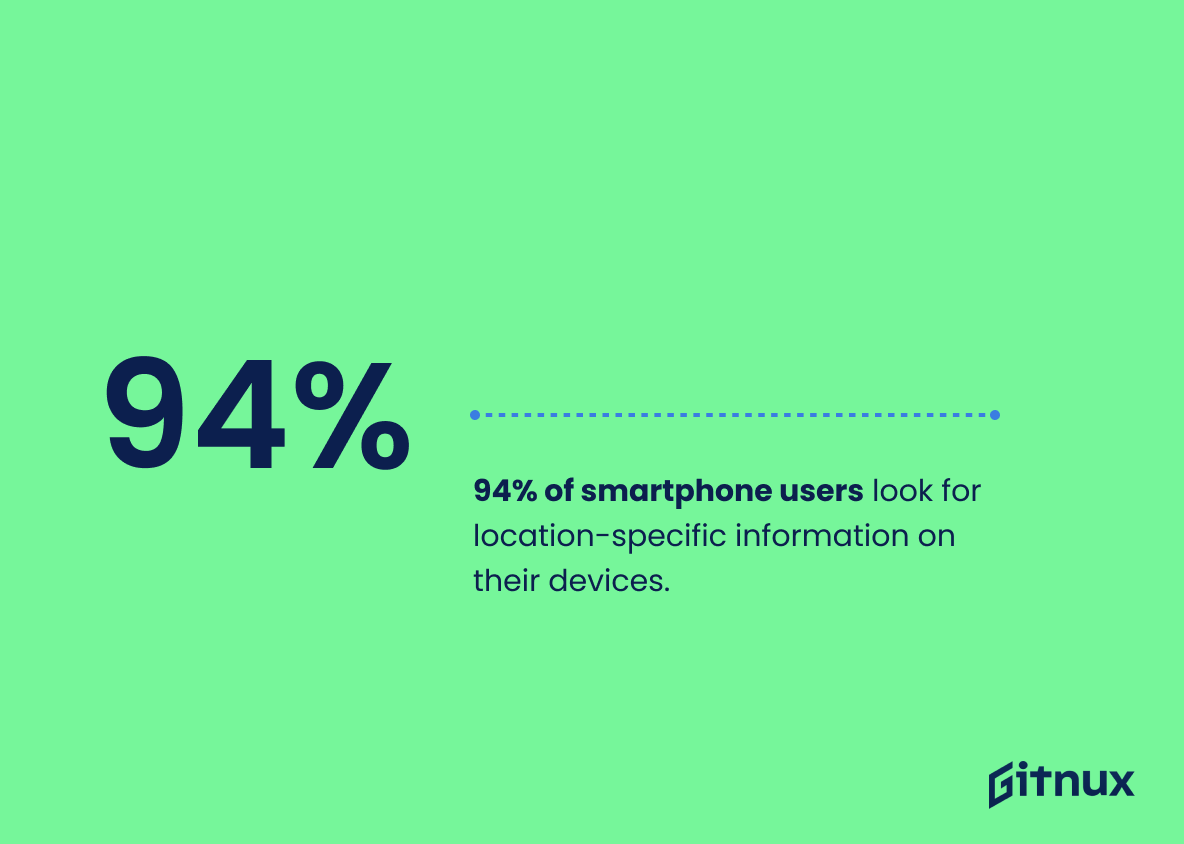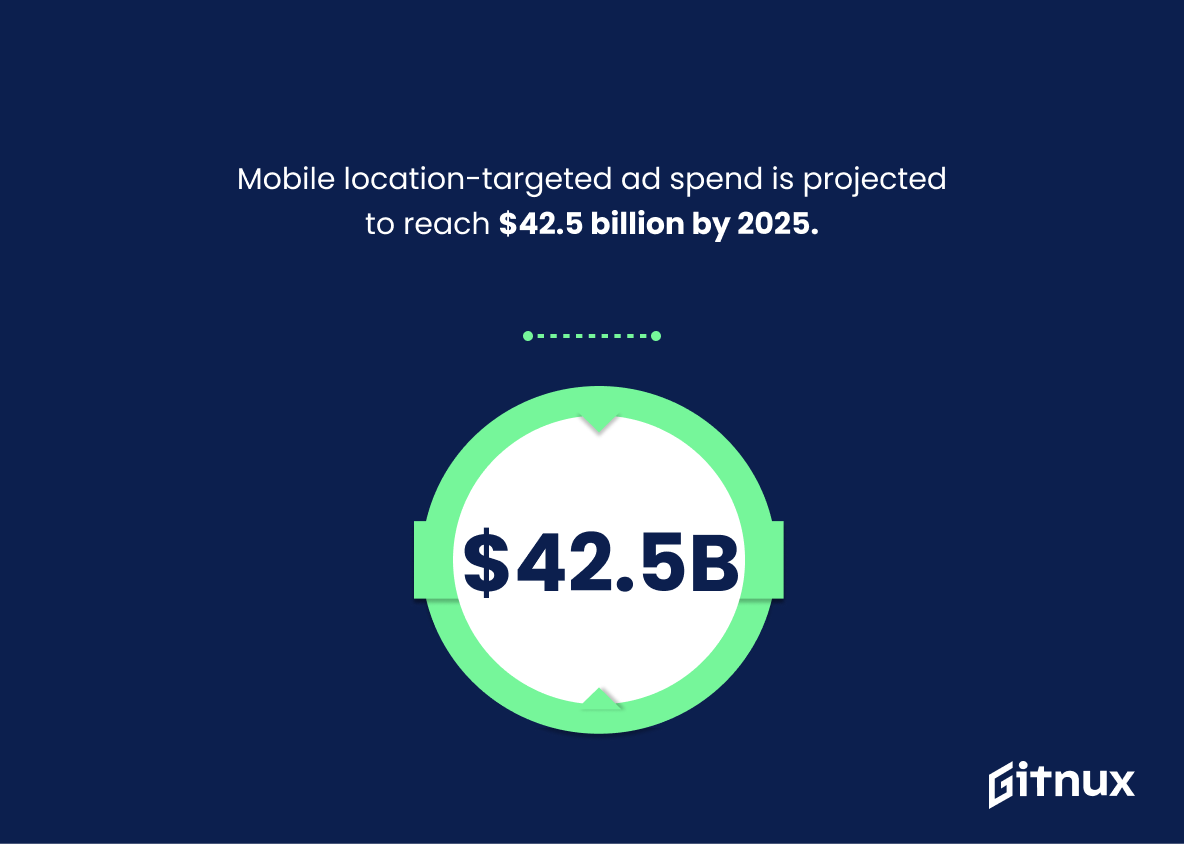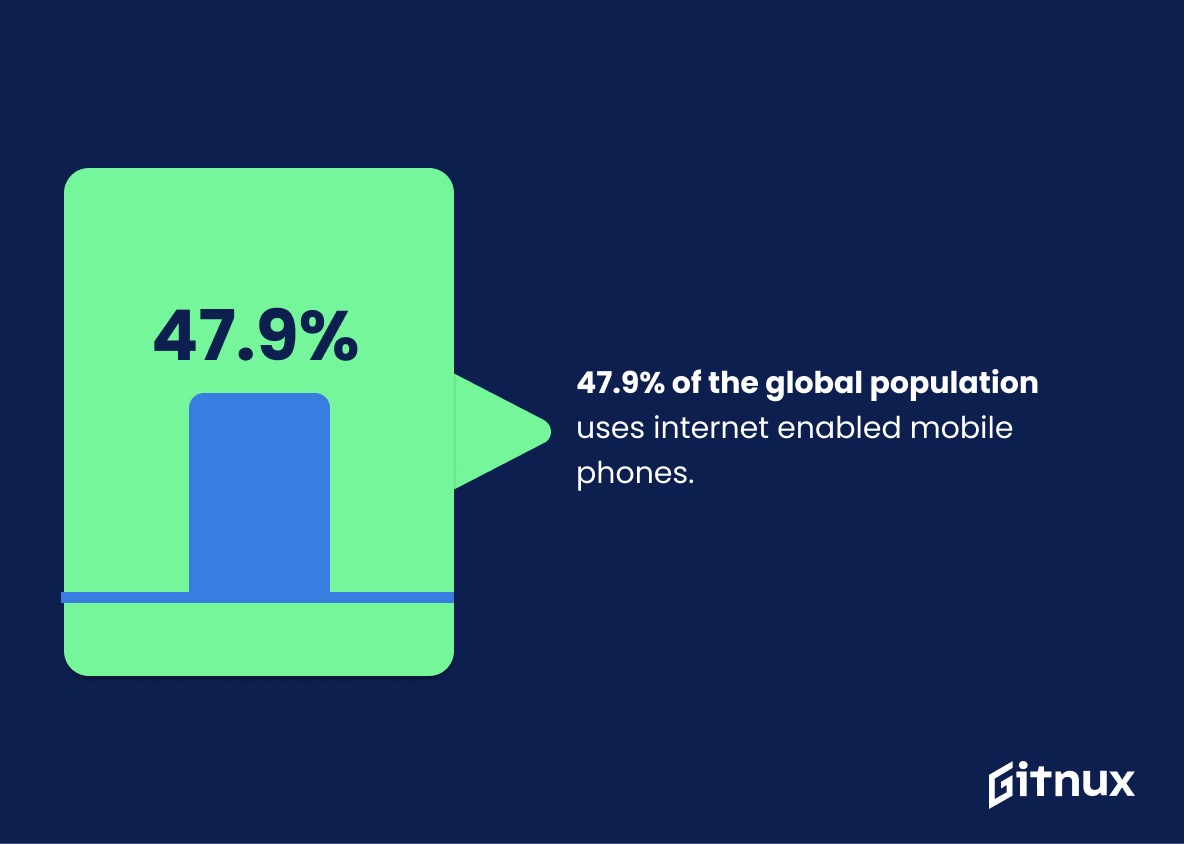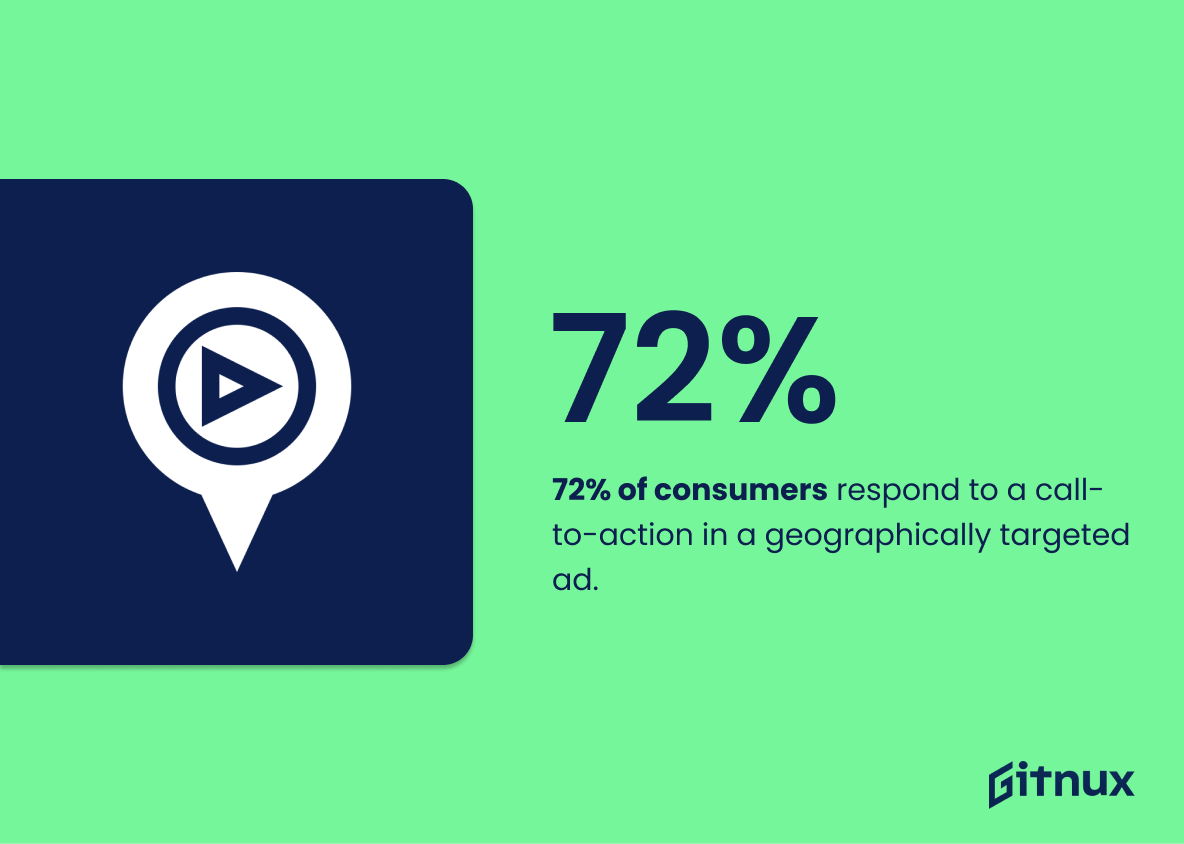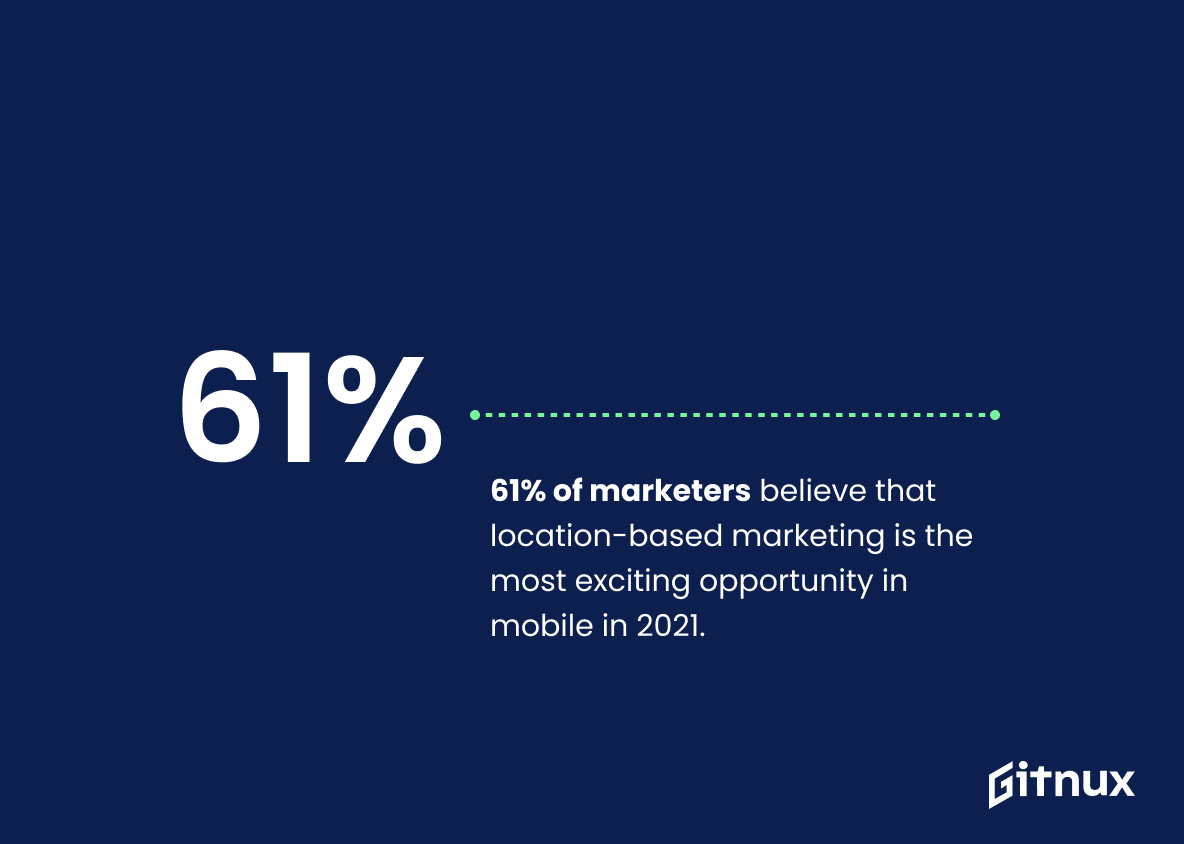Location-based marketing is a powerful tool for businesses to reach their target audiences. It allows them to tailor messages and offers based on the location of potential customers, making it easier for brands to engage with consumers in meaningful ways. With advances in technology, marketers are now able to leverage data from mobile devices and other sources such as GPS tracking systems or Wi-Fi networks, allowing them to deliver more targeted campaigns that can drive higher conversion rates than traditional advertising methods.
This blog post will explore some key statistics about location-based marketing that demonstrate its effectiveness when used correctly by businesses. We’ll look at how many people actively search for local information while on the go; what percentage of smartphone users keep their device within arm’s reach all day; how much ad spend is expected on mobile applications through 2023; whether small business owners have seen an increase in foot traffic due to this type of marketing; consumer willingness levels when it comes sharing personal data with brands; how often people use smartphones looking up specific locations related content and services; estimated growth projections for the industry over time ;mobile ad spending forecasts until 2025 ; CTRs associated with geo-conquesting tactics ; user preferences regarding receiving ads tailored accordingto their current whereabouts ,and finally global usage figures concerning internet enabled mobiles .
This statistic is a testament to the power of location-based marketing. It shows that a majority of consumers are actively seeking out local information while on the go, which means that businesses have an opportunity to reach these consumers with targeted, location-based marketing campaigns. This statistic is a key indicator of the potential success of location-based marketing strategies, and should be taken into consideration when planning any such campaigns.
By 2023, it is estimated that location-based marketing will account for 69% of all ad spend on mobile applications.
This statistic is a powerful indicator of the growing importance of location-based marketing in the mobile application space. It speaks to the potential of this marketing strategy to capture a significant portion of the ad spend in the near future, and highlights the need for businesses to stay ahead of the curve and capitalize on this trend.
Location Based Marketing Statistics Overview
84% of small to medium-sized businesses saw an increase in foot traffic due to location-based marketing.
This statistic is a testament to the power of location-based marketing, demonstrating that it can be an effective tool for driving foot traffic to small to medium-sized businesses. It shows that businesses can benefit from investing in location-based marketing strategies, and provides a compelling argument for why businesses should consider using this type of marketing.
70% of consumers are willing to share their location information if brands provide valuable content in return.
This statistic is a testament to the power of Location Based Marketing, as it shows that the majority of consumers are open to the idea of sharing their location information in exchange for valuable content. This indicates that Location Based Marketing is an effective way for brands to engage with their customers and provide them with content that is tailored to their needs. This statistic is an important reminder that Location Based Marketing is an effective tool for brands to reach their target audience and build relationships with them.
94% of smartphone users look for location-specific information on their devices.
This statistic is a powerful indicator of the potential of location-based marketing. It shows that the majority of smartphone users are actively seeking out location-specific information, which means that businesses can capitalize on this trend by providing relevant content and services to their target audience. This statistic is a valuable insight for marketers looking to leverage the power of location-based marketing to reach their customers.
The location-based marketing industry is expected to grow to $24.4 billion by 2025.
This statistic is a testament to the potential of location-based marketing, indicating that it is an industry that is rapidly expanding and worth investing in. It is a clear indication that businesses should be taking advantage of the opportunities that location-based marketing offers, as it is set to become a major player in the marketing landscape in the coming years.
Mobile location-targeted ad spend is projected to reach $42.5 billion by 2025.
This statistic is a testament to the immense potential of location-targeted mobile advertising. It speaks to the growing trend of businesses leveraging location-based marketing to reach their target audiences and drive sales. With such a large projected spend, it’s clear that location-based marketing is becoming an increasingly important part of the marketing mix.
71% of mobile users prefer location-specific ads, improving ad interest.
This statistic is a testament to the power of location-specific ads, demonstrating that the majority of mobile users find them more engaging than other forms of advertising. This highlights the importance of location-based marketing for businesses looking to reach their target audience and maximize their ad impact.
63% of global smartphone users find location-based advertising helpful.
This statistic is a powerful indicator of the effectiveness of location-based advertising, demonstrating that the majority of global smartphone users find it helpful. This is an important piece of information for anyone interested in learning more about the potential of location-based marketing, as it shows that it can be a successful strategy for reaching customers.
83% of consumers prefer getting location-based messages over generic campaigns.
This statistic is a testament to the power of location-based marketing, demonstrating that consumers are more likely to engage with messages that are tailored to their location. This highlights the importance of leveraging location-based marketing to reach customers in a more meaningful way, as it can lead to higher engagement and better results.
47.9% of the global population uses internet enabled mobile phones.
This statistic is a key indicator of the potential reach of location-based marketing. With nearly half of the world’s population having access to internet-enabled mobile phones, businesses have a huge opportunity to reach a wide range of customers through location-based marketing campaigns.
The global location-based service’s (LBS) market is anticipated to reach around $115 billion by 2028.
This statistic is a testament to the immense potential of location-based services (LBS) in the marketing world. With the market projected to reach $115 billion by 2028, it is clear that LBS is a powerful tool for businesses to reach their target audiences and maximize their profits. This statistic is a reminder of the importance of leveraging LBS to stay ahead of the competition and capitalize on the ever-growing opportunities in the digital marketing space.
72% of consumers respond to a call-to-action in a geographically targeted ad.
This statistic is a testament to the power of location-based marketing, demonstrating that when consumers are presented with a call-to-action in a geographically targeted ad, they are highly likely to respond. This indicates that location-based marketing is an effective way to reach potential customers and drive conversions.
68% of people who frequently use mobile devices say they use apps with location features.
This statistic is a telling indication of the potential of location-based marketing. It shows that a large majority of mobile device users are already comfortable with using apps that have location features, which means that businesses can leverage this technology to reach their target audience. This statistic is a powerful reminder of the importance of location-based marketing in today’s digital landscape.
61% of marketers believe that location-based marketing is the most exciting opportunity in mobile in 2021.
This statistic is a testament to the potential of location-based marketing in 2021, highlighting the enthusiasm of marketers for this opportunity. It speaks to the power of location-based marketing to reach customers in a more targeted and effective way, and to the potential for businesses to capitalize on this technology to drive growth. As such, it is an important statistic to consider when discussing the current state of location-based marketing.
Conclusion
Location-based marketing is an increasingly popular and effective way for businesses to reach their target audiences. The statistics presented in this blog post demonstrate the power of location-based marketing, with 52% of consumers actively searching for local information while on the go, 91% keeping their devices within arm’s reach throughout most of the day, 69% of ad spend projected to be allocated towards mobile applications by 2023, 84% small to medium sized businesses seeing an increase in foot traffic due to location based marketing efforts, 70% willing to share their location data if brands provide valuable content in return and 94 % looking for specific information on their device. Additionally geo-conquesting has been shown generate 30 percent higher click through rates than traditional advertising methods. Furthermore 63%, 83%, 47.9%, 72%, 61%, 68 %and 15.12 % respectively have also been reported as being beneficial when it comes leveraging a successful Location Based Marketing strategy . It can therefore be seen that there are numerous advantages associated with using Location Based Marketing which makes it a highly attractive option for marketers today who wish maximize engagement levels from potential customers or clients
References
0. – https://www.warc.com
1. – https://www.locationbasedmarketingreport.wordpress.com
2. – https://www.marketingtechnews.net
3. – https://www.emarketer.com
4. – https://www.datareportal.com
5. – https://www.marketingcharts.com
6. – https://www.acumenresearchandconsulting.com
7. – https://www.mobilemarketer.com
8. – https://www.thinkwithgoogle.com
9. – https://www.pewresearch.org
10. – https://www.marketwatch.com
11. – https://www.marketresearchfuture.com
12. – https://www.forbes.com
13. – https://www.webfx.com
ZipDo, cited June 2023: Location Based Marketing Statistics
